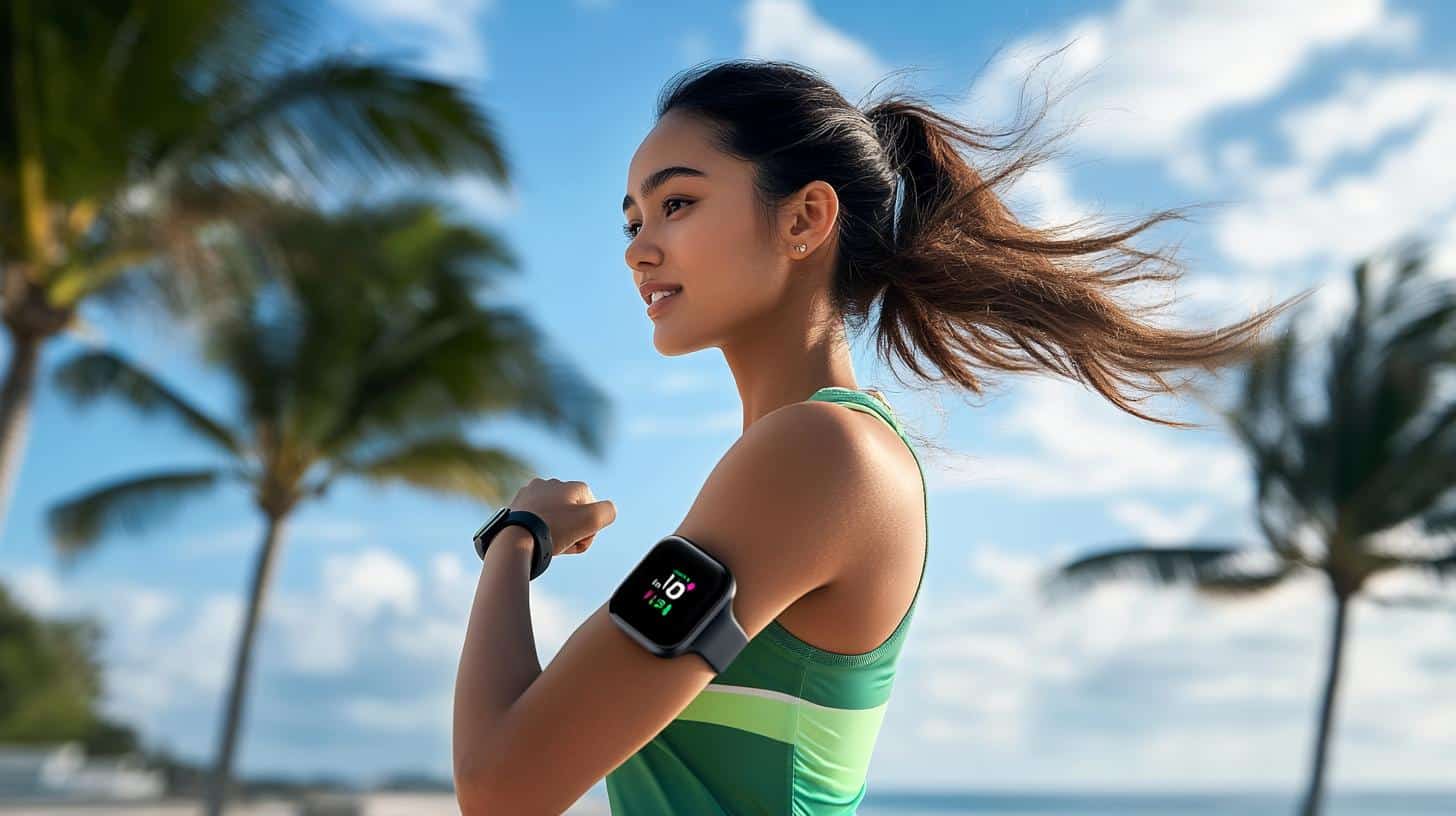Huawei is renowned for its devices that combine innovative technology with stylish design, particularly the recently released Huawei Watch Fit 3. While not the latest eye-catching news, this version remains an excellent companion for users seeking a multifunctional and fashionable fitness tracker.
The Huawei Watch Fit 3 stands out with its perfect combination of form and function. The smartwatch features a 1.74-inch AMOLED display that offers vivid visuals, being both clear and expansive, making it ideal for displaying fitness statistics and notifications. Its lightweight design ensures ultimate comfort, making it suitable for daily wear as well as high-intensity workouts.
The Huawei Watch Fit 3 is equipped with a rich array of fitness and health tracking features, suitable for a wide range of activities and lifestyles. It supports a broad spectrum of workout modes, from swimming and running to yoga and cycling, making it a multifunctional tool for fitness enthusiasts. Additionally, its advanced sensors provide deep health metrics, including SpO2 monitoring, heart rate tracking, and sleep analysis, all of which contribute to enhancing user health.
Battery life is a crucial aspect of any wearable device, and the Huawei Watch Fit 3 performs well in this regard. With up to 10 days of battery life, users can rely on it for extended periods without frequent recharging, demonstrating Huawei’s commitment to providing practical, user-friendly wearable devices.
Despite the recent launches of smartwatches with updated features, the Huawei Watch Fit 3 remains an efficient choice for those seeking a blend of elegance and powerful performance.
The Impact of Wearable Technology: Beyond Fitness Tracking
Wearable technologies like the Huawei Watch Fit 3 have a profound impact beyond individual users, influencing communities and driving global trends. As these devices increasingly integrate into daily life, they not only transform personal health management but also alter public health strategies.
Governments and health organizations can leverage data from wearable devices to gain better health insights and policy-making. Aggregate data from devices like the Watch Fit 3 can identify public health trends, such as increased heart rate data indicating stress, or decreased activity levels suggesting a rise in sedentary behavior. This enables timely public health interventions and personalized medical solutions.
Moreover, the rise of wearable technology has propelled the development of the digital health industry, driving innovations in telemedicine and personalized medicine. This shift challenges traditional healthcare models and sparks debates about data privacy. While the benefits of real-time health tracking are significant, concerns about data security and the potential misuse of personal health information persist.
Economically, the demand for smart wearable devices drives job growth in the tech sector and promotes investment in ICT infrastructure. As companies compete to push the next breakthrough, consumers benefit from enhanced features at affordable prices, although this ongoing evolution also brings sustainability challenges related to electronic waste.
Wearable technology is not just a gadget; it is an essential part of the future society. As more people adopt these devices, the integration of technology into daily life presents opportunities and challenges for policymakers, healthcare providers, and individuals.
For more information about wearable technology and its impact, please visit Huawei.








